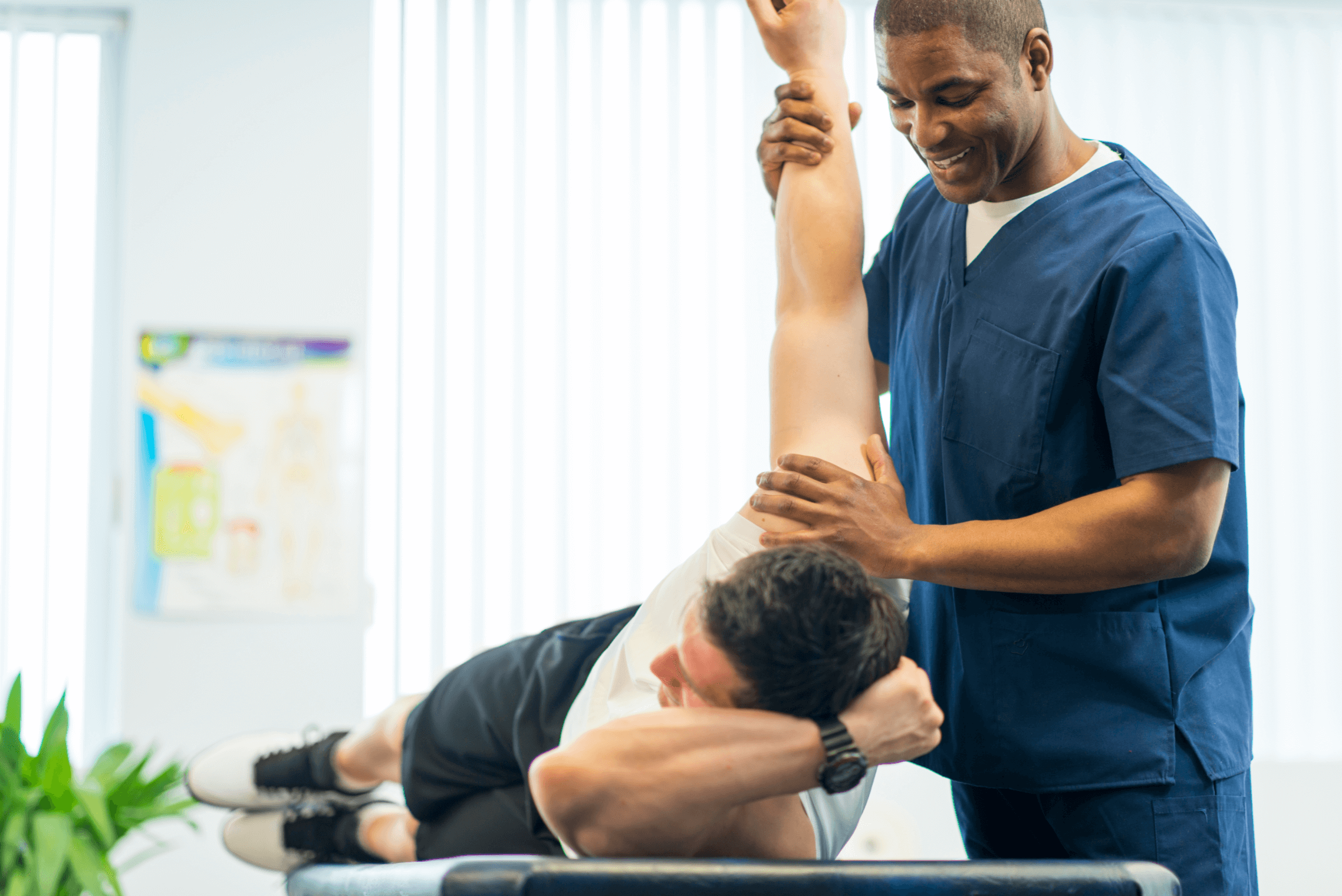Understanding Frequent Athletic Ailments and Efficient Recovery Strategies aimed at Sports Players
Understanding Frequent Athletic Ailments and Efficient Recovery Strategies aimed at Sports Players
Blog Article
Athletic injuries are common among sportspeople of all age groups and proficiency levels. These injuries can occur in various types, including ligament injuries, muscle injuries, fractures, and tendonitis. Comprehending the types of traumas that can occur during sports activities is crucial for not only prevention and care. Sprains, for example, entail the stretching or tearing of connective tissues, which link bones at a joint. Muscle injuries, on the other hand, impact muscle tissues or tendons, which attach muscles to bones. Identifying these traumas promptly can assist athletes seek suitable care and return to their activity more quickly.
One of the most commonly seen injuries in athletics is the foot sprain. This trauma often happens when an athlete lands awkwardly or twists their foot during a game. Signs of an ankle sprain include pain, swelling, and trouble walking. Prompt care typically includes the R.I.C.E. method, which stands for Recovery, Cooling, Wrapping, and Elevation. This method aids minimize swelling and discomfort. In more severe situations, rehabilitative therapy may be required to restore strength and flexibility to the foot before returning to sports.
Another frequent injury is a muscle injury, which can happen in all athletic activity that requires quick movements or heavy weight-bearing. Athletes may experience a muscular strain when they extend a muscle too much or when they exert too much effort. Signs include sharp discomfort, swelling, and muscular spasms. Rehabilitation for muscle click to read more strains often entails light stretching and conditioning exercises. Slowly increasing activity levels is crucial to avoid recurrence. Sportspeople should collaborate tightly with a physical specialist to develop a secure and effective rehabilitation strategy.
Tendonitis is another trauma that can affect athletes, particularly those who engage in repetitive motions, such as runners or swimmers. This condition occurs when a tendon, which connects muscle to bone, gets swollen. Frequent areas affected by tendonitis include the elbow, shoulder, and leg. Signs often include discomfort and stiffness, especially during movement. Treatment for tendonitis usually includes recovery, cooling, and anti-inflammatory medications. In some cases, rehabilitative treatment may be recommended to improve mobility and power in the injured area.
Preventing sports injuries is just as crucial as treating them. Athletes can reduce their risk of trauma by heating up correctly before activities, using the appropriate equipment, and maintaining good fitness shape. Power training and stretching exercises can help prepare the body for the requirements of athletics. Additionally, athletes should listen to their physical condition and allow rest when needed. By understanding frequent athletic injuries and implementing efficient recovery plans, sportspeople can stay healthy and enjoy their favorite athletic activities for a long time to follow.u0026srotateu003d0)